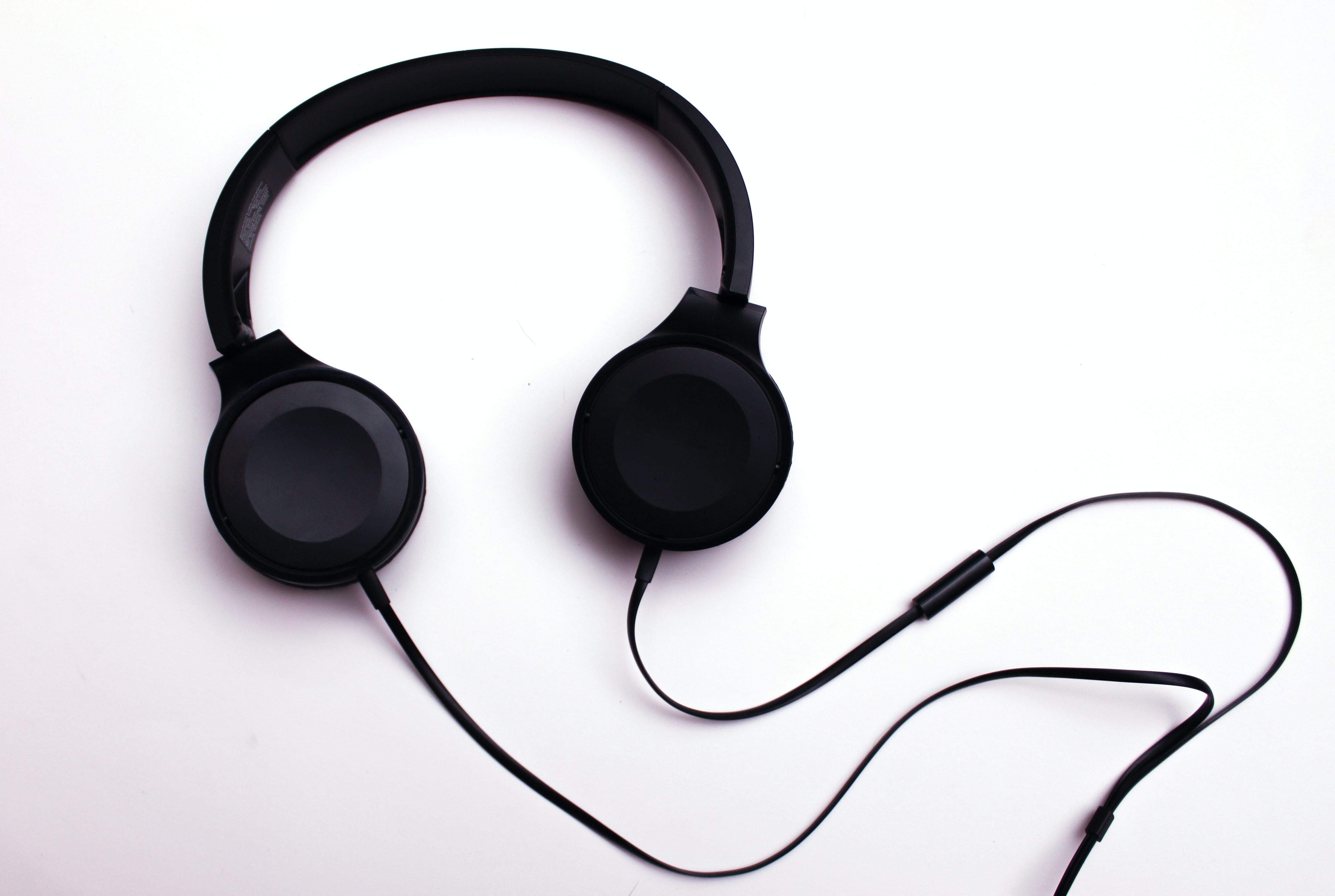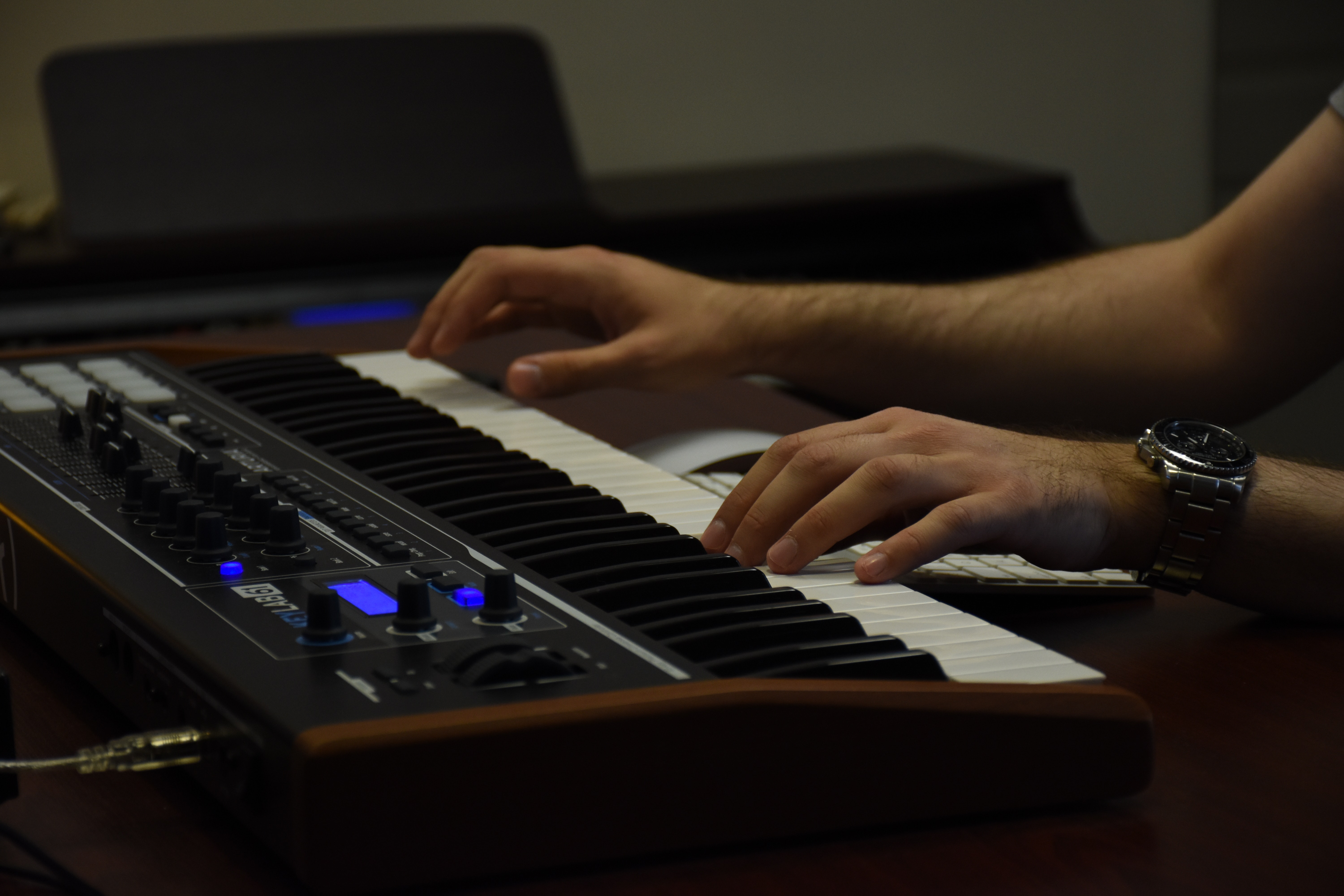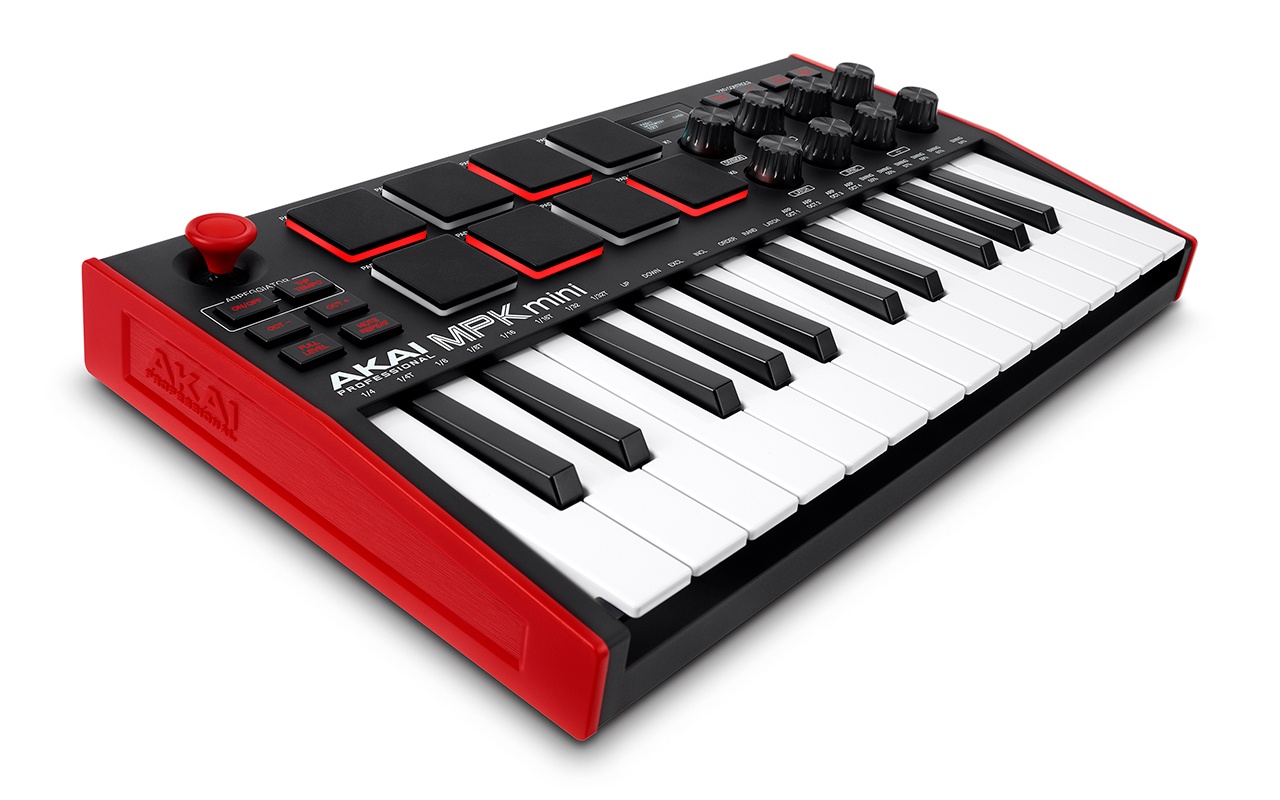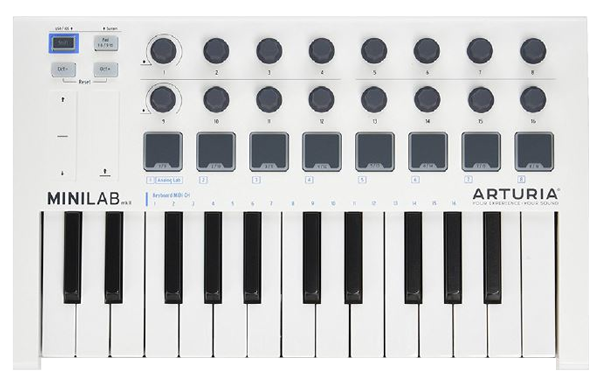
Adding lighting and effects to your stage gives your crowd an immersive and fun experience. Give your audience a night to remember with our choice of DJ lightings and effects.
1. American DJ Vertigo HEX LED Rotating Moonflower Lighting Effect
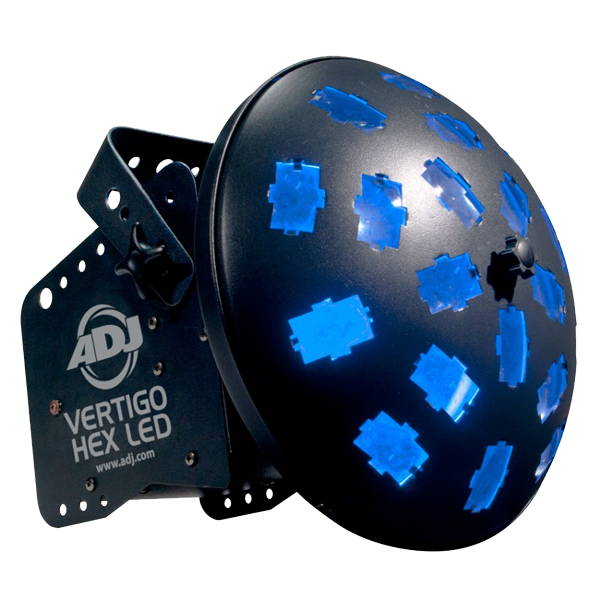
The Vertigo HEX LED from American DJ creates a unique rotating moonflower effect with 20 multi-colour beams. The unit is easy to set up and use and is automatically designed to move to music’s sound. The Vertigo HEX LED is perfect for clubs, bands, or on-the-go entertainers who want an effect their audiences will love.
2. American DJ Quad Phase HP LED Lighting Effect
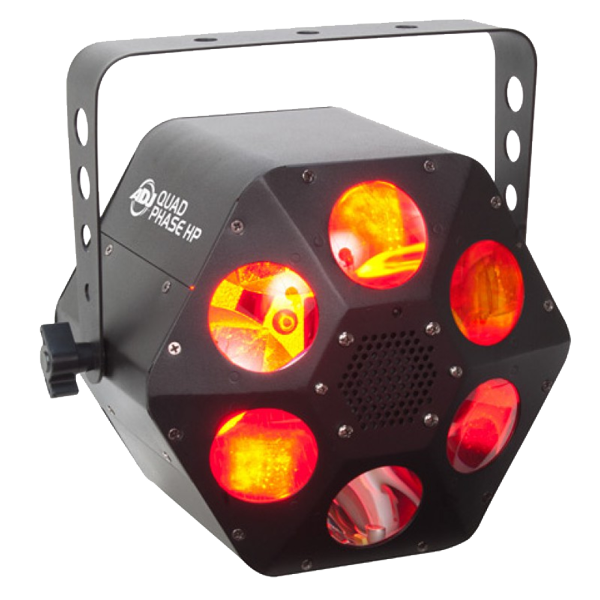
The Quad Phase HP LED from American DJ shoots dazzling beams of light in up to fifteen colours. There are four channels to customize your audience’s experience, including colour, rotation, strobe, and stutter. This effect is great for performers looking to fill clubs, wedding receptions, parties, or dance stages with streaks of colour.
3. American DJ UV Cannon 400W Black Light

Bathe your venues in fun black light with the American DJ UV Cannon. Designed for large venues, this unit will transform your venue’s environment and provide the mood you’re after. Designed for ease of operation, the UV Cannon is a must-have for performers.

4. American DJ BubbleTron
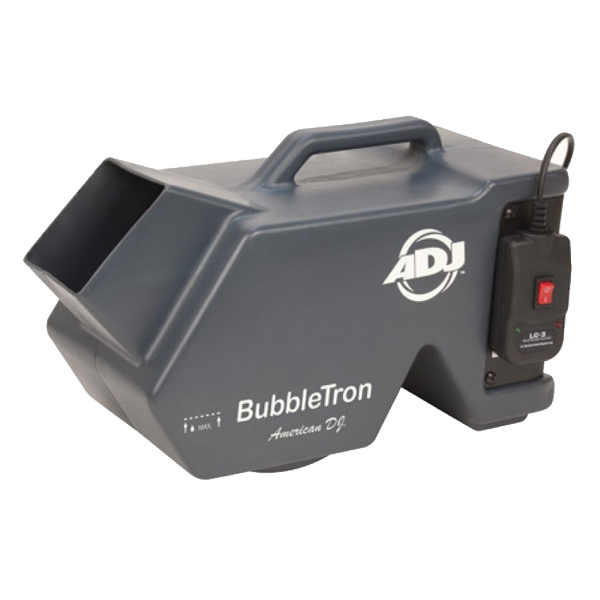
Create an exciting bubble display with the American DJ BubbleTron. With easy setup and use, hundreds of bubbles can be produced each minute, creating a fun experience for your audiences. Pair with lighting effects to bring the atmosphere to the next level.
5. American DJ Sweeper Beam Quad LED Lighting Effect
The American DJ Sweeper Beam Quad LED lightning effect produces sweeping beams that bathe your audience in colours. Hook this unit up to easily create an immersive experience for your audience.
6. American DJ Fog Fury 3000 1500W Fog Machine

Provide a dynamic experience for your crowd with the American DJ Fog Fury 3000. This unit generates high outputs of fog and doesn’t require any warm-up time before use. Your production may be foggy, but the choice is clear – add the Fog Fury 3000 to your effects arsenal today!
Take your venues to the next level with any of these DJ effects. Want to do some more browsing? Check out our full collection of DJ lighting and effects.

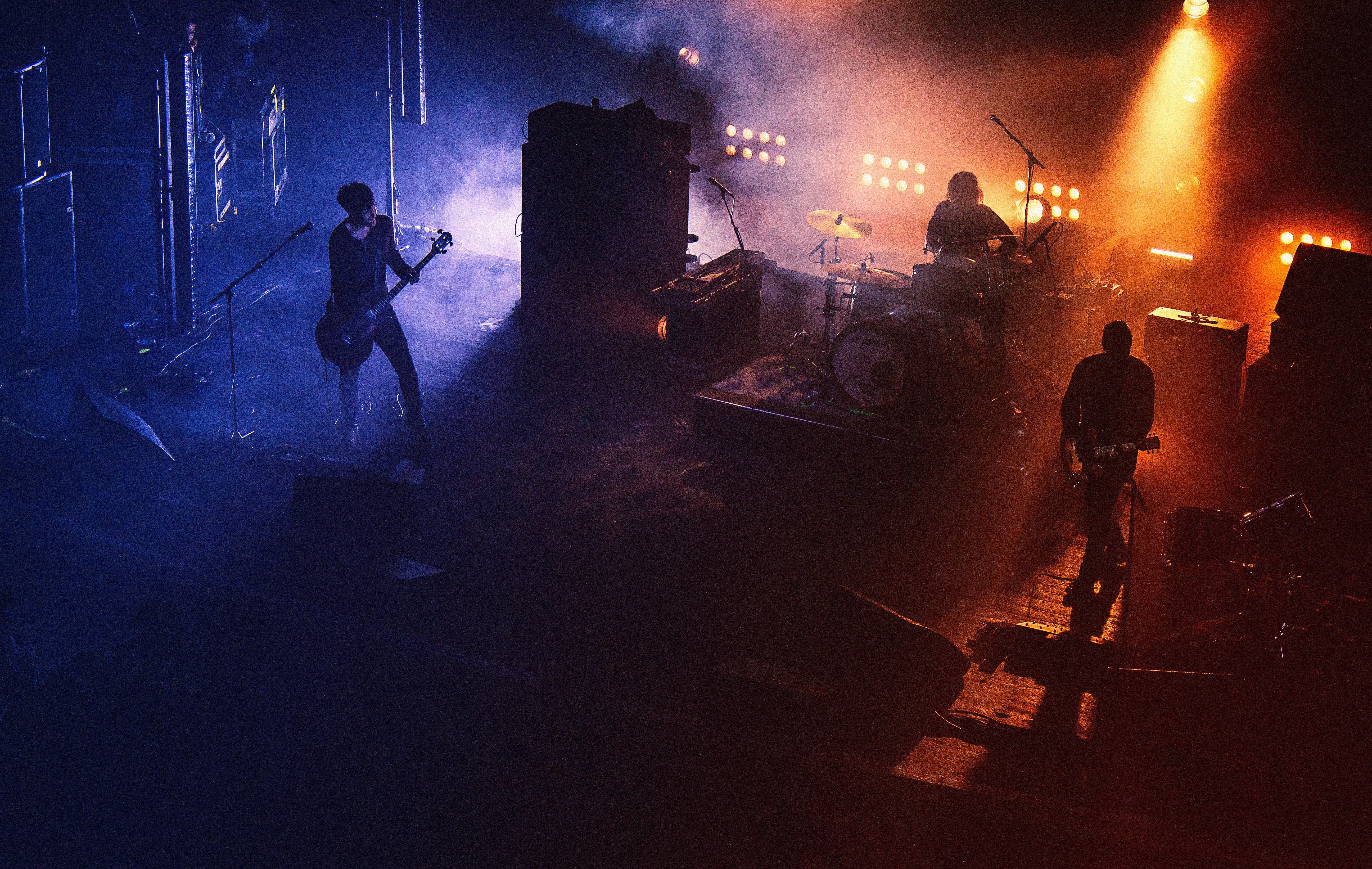








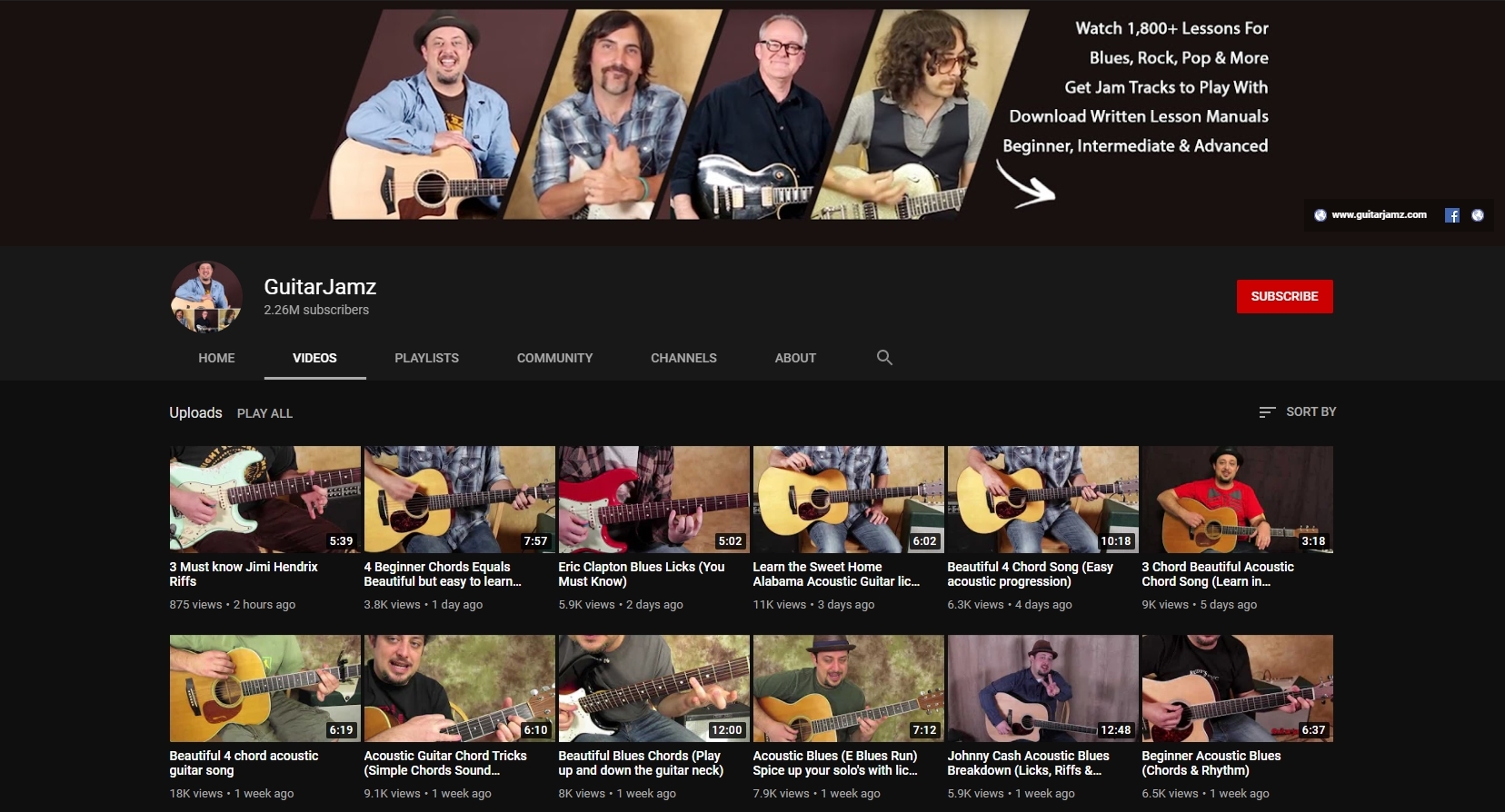
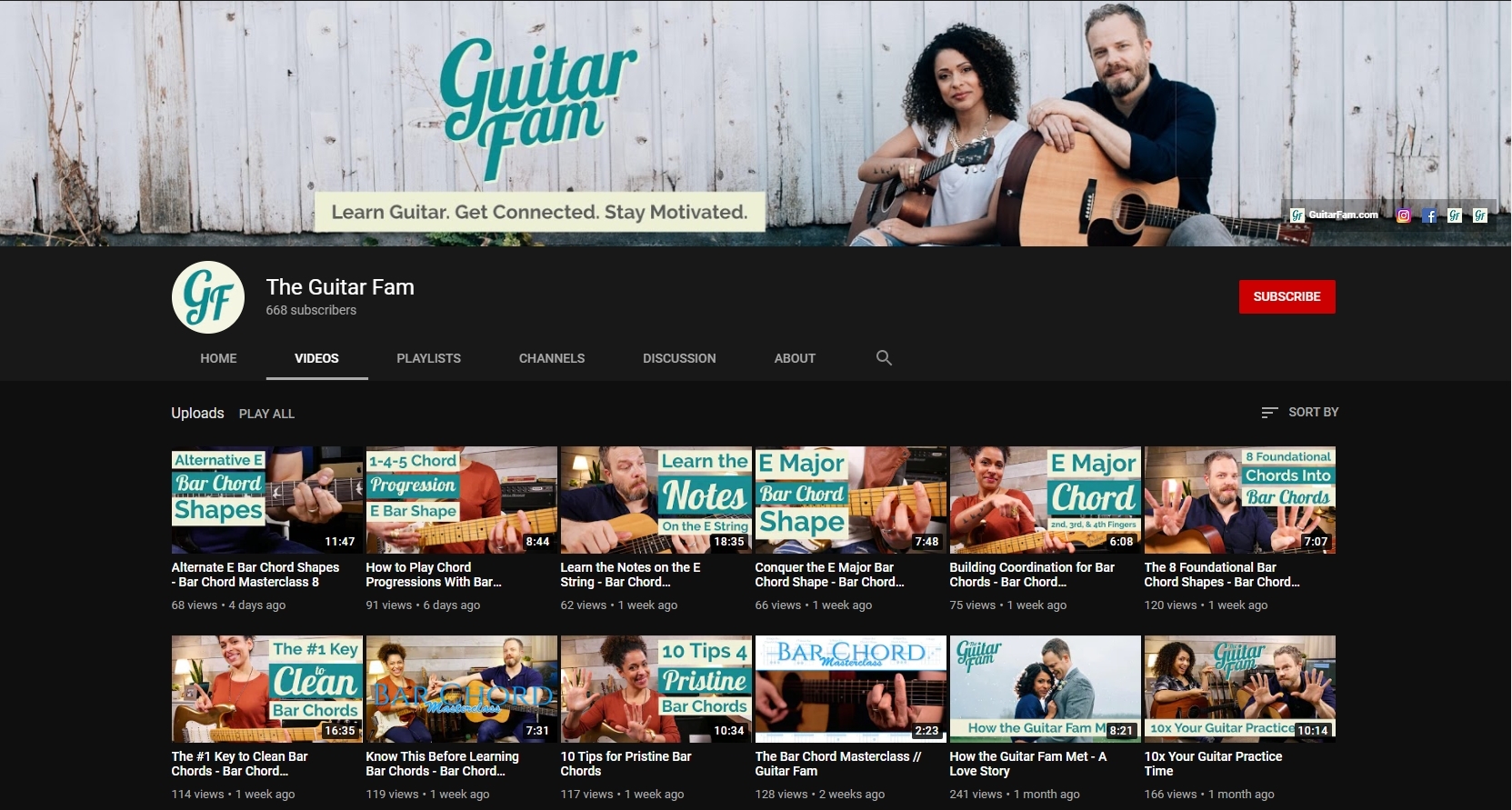
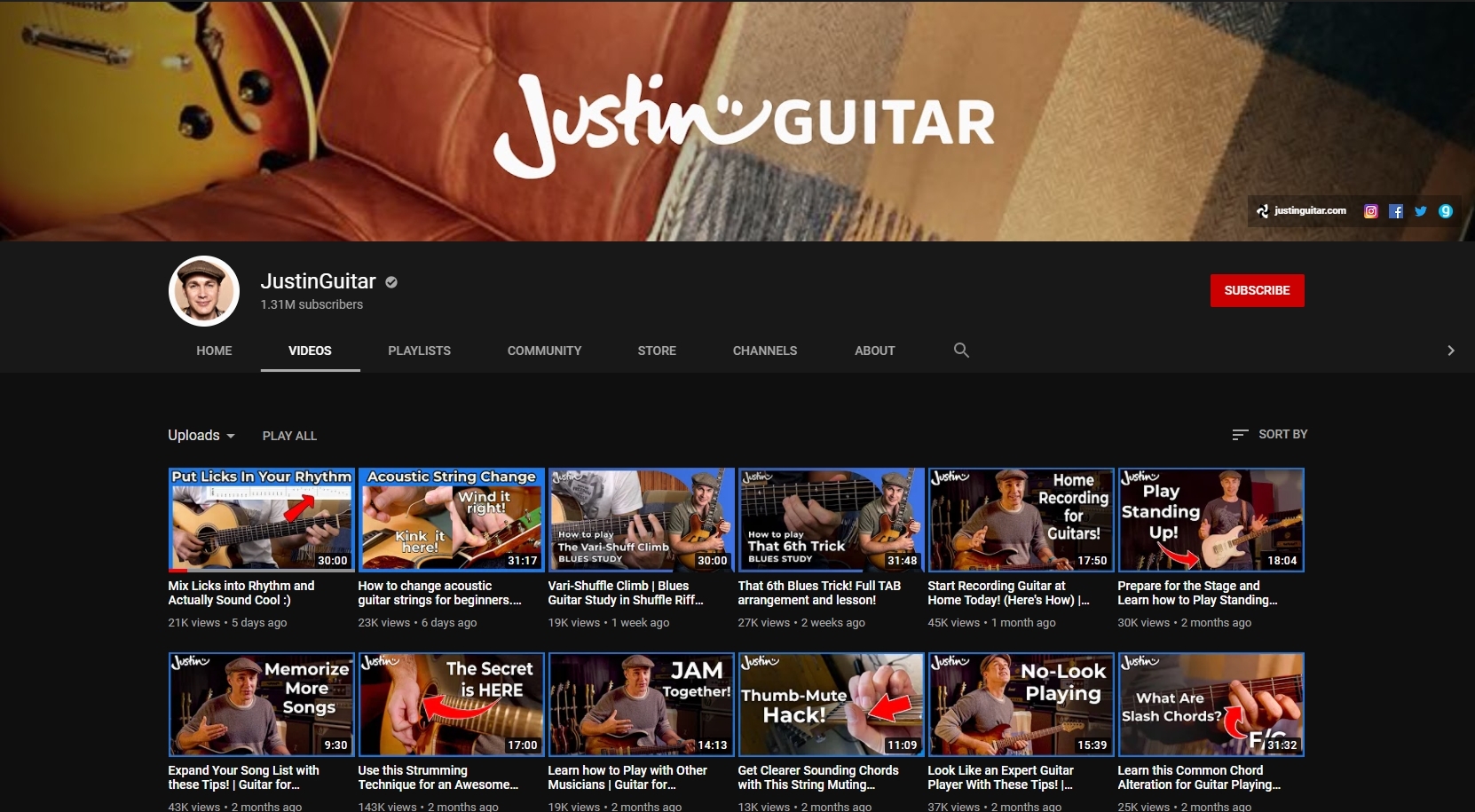
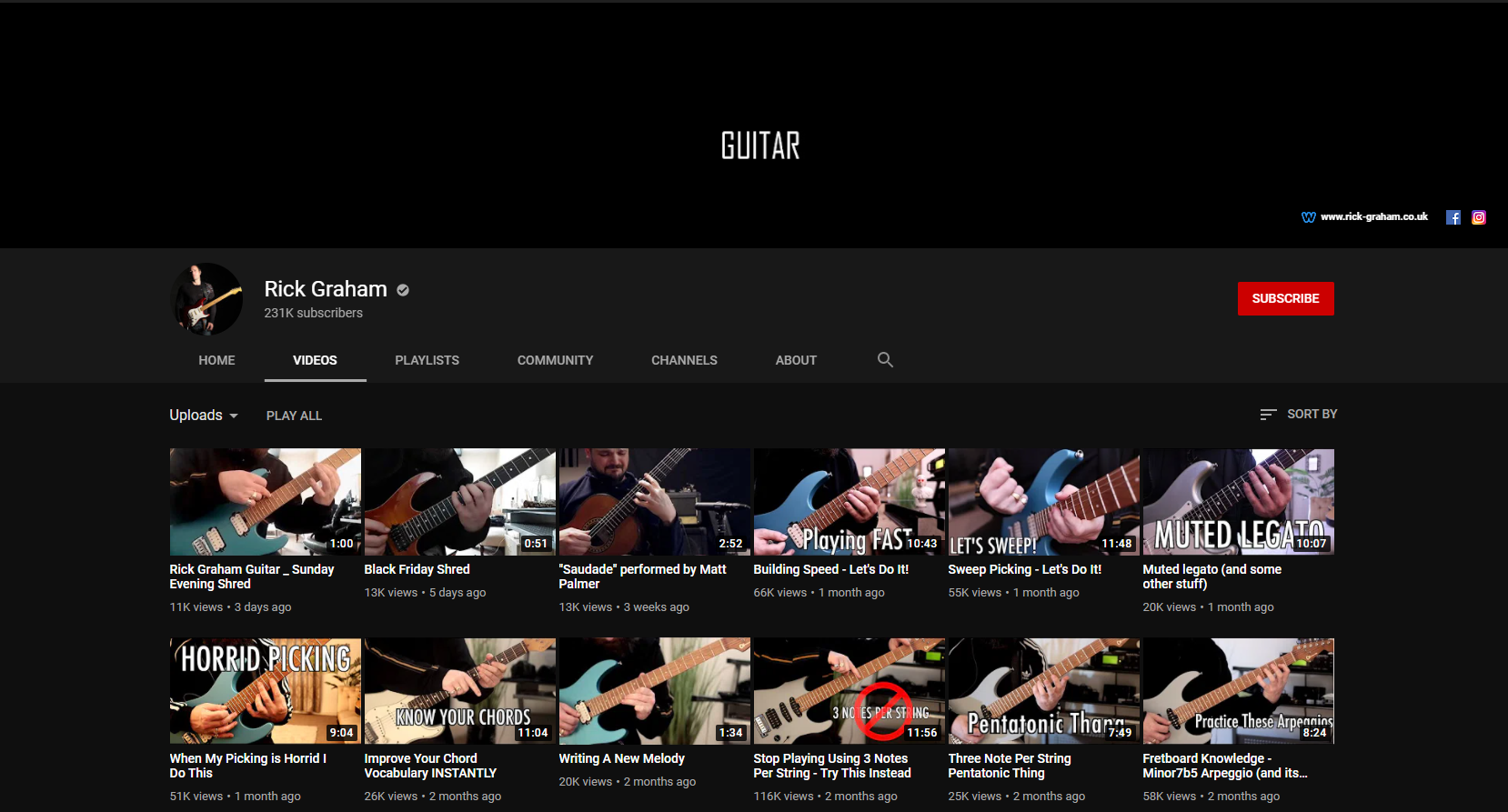 For those looking to play riffs, look no further than
For those looking to play riffs, look no further than 
